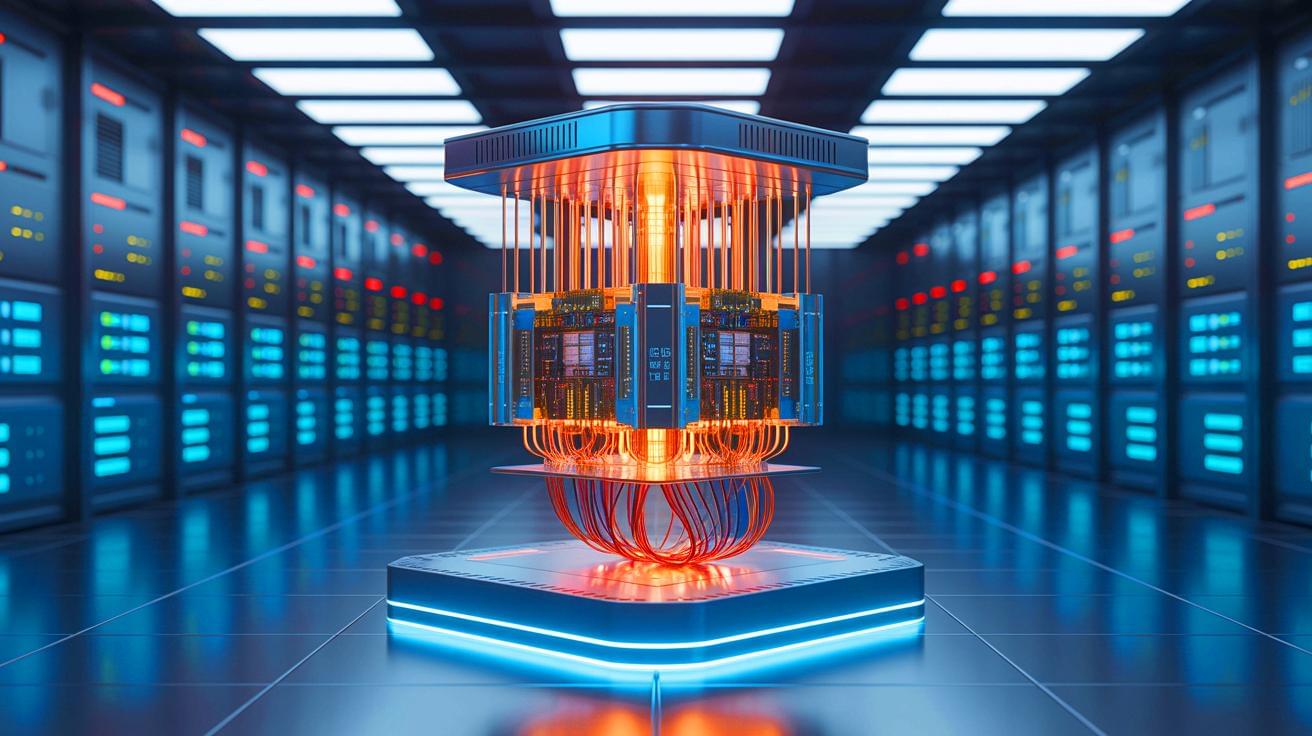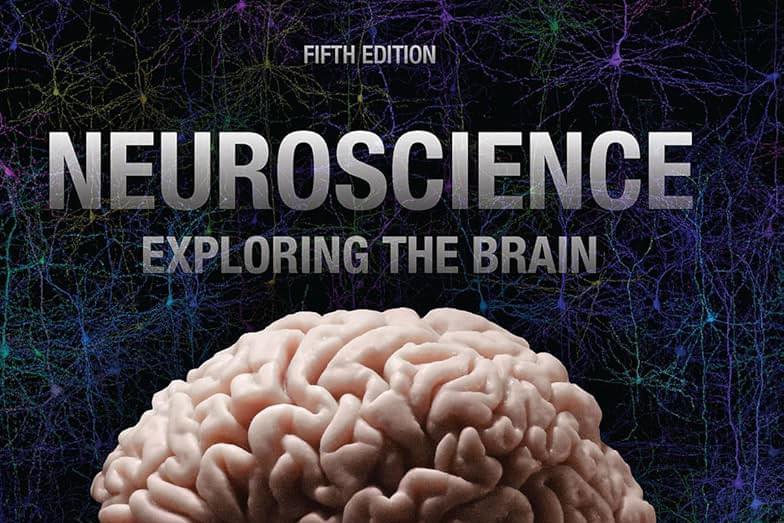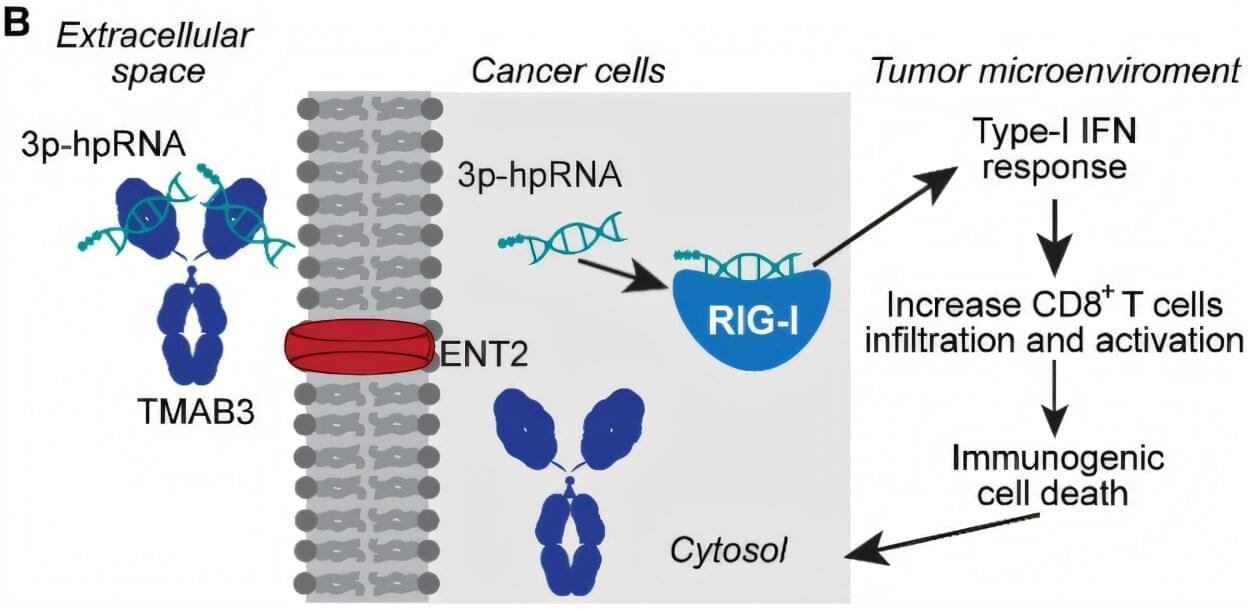Lac insects carry a yeast-like symbiont that produces a commercially important bright red pigment, revealing insights about insect-microbe symbiosis.





IN A NUTSHELL 🚀 Nord Quantique introduces a revolutionary bosonic qubit design that integrates error correction directly into its structure. 🌱 The new quantum computers are significantly energy-efficient, using only a fraction of the power required by traditional systems. 🔧 Utilizing multimode encoding, Nord Quantique’s system achieves a 1:1 ratio of physical to logical qubits.



From the very beginning, MIT Professor Mark Bear’s philosophy for the textbook “Neuroscience: Exploring the Brain” was to provide an accessible and exciting introduction to the field while still giving undergraduates a rigorous scientific foundation. In the 30 years since its first print printing in 1995, the treasured 975-page tome has gone on to become the leading introductory neuroscience textbook, reaching hundreds of thousands of students at hundreds of universities around the world.
“We strive to present the hard science without making the science hard,” says Bear, the Picower Professor in The Picower Institute for Learning and Memory and the Department of Brain and Cognitive Sciences at MIT. The fifth edition of the textbook is out today from the publisher Jones & Bartlett Learning.
Bear says the book is conceived, written, and illustrated to instill students with the state of knowledge in the field without assuming prior sophistication in science. When he first started writing it in the late 1980s — in an effort soon joined by his co-authors and former Brown University colleagues Barry Connors and Michael Paradiso — there simply were no undergraduate neuroscience textbooks. Up until then, first as a graduate teaching assistant and then as a young professor, Bear taught Brown’s pioneering introductory neuroscience class with a spiral-bound stack of photocopied studies and other scrounged readings.



A specially engineered antibody that can accurately deliver RNA treatments into hard-to-reach and hard-to-treat tumors significantly improved survival and reduced tumor sizes in animal models, according to a study reported in Science Translational Medicine.
The study provides evidence that, once injected into the bloodstream, the antibody TMAB3, combined with a type of RNA that stimulates an innate immune reaction, can localize to tumors and penetrate and destroy stubborn diseased cells in pancreatic, brain, and skin cancers.
“Delivery of RNA-based therapies to tumors has been a challenge. Our finding that TMAB3 can form antibody/RNA complexes capable of delivering RNA payloads to tumors provides a new approach to overcome this challenge,” says Peter Glazer, senior author and Robert E. Hunter Professor of Therapeutic Radiology and Genetics at Yale School of Medicine (YSM).